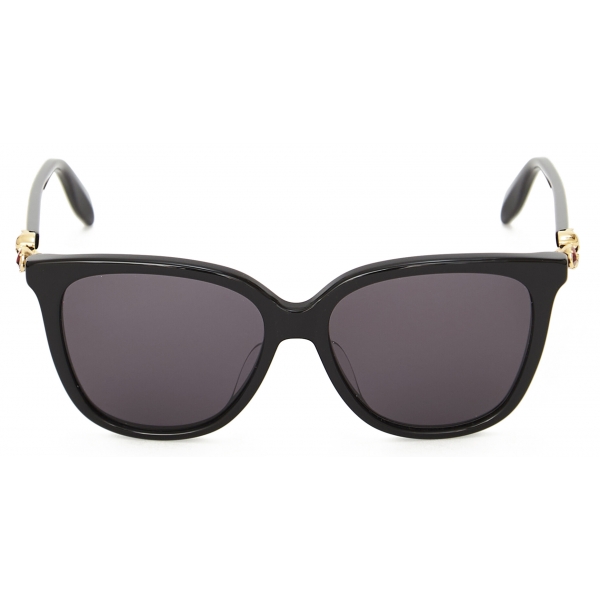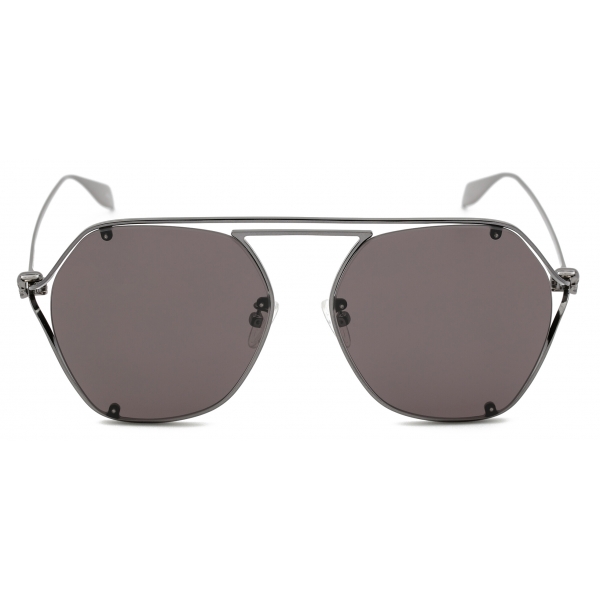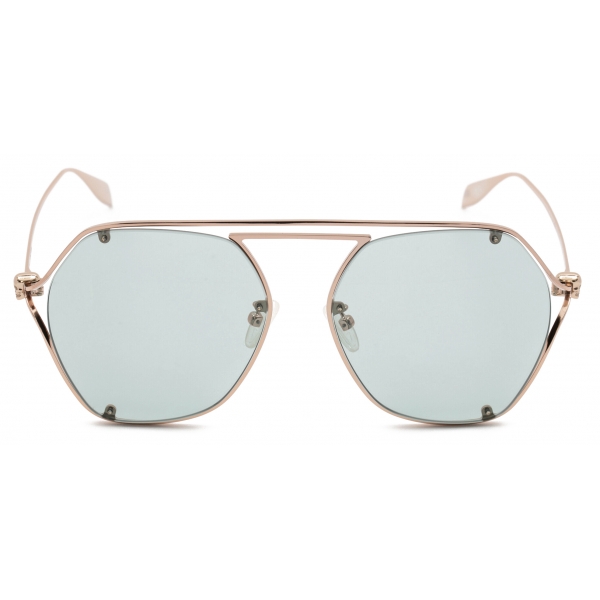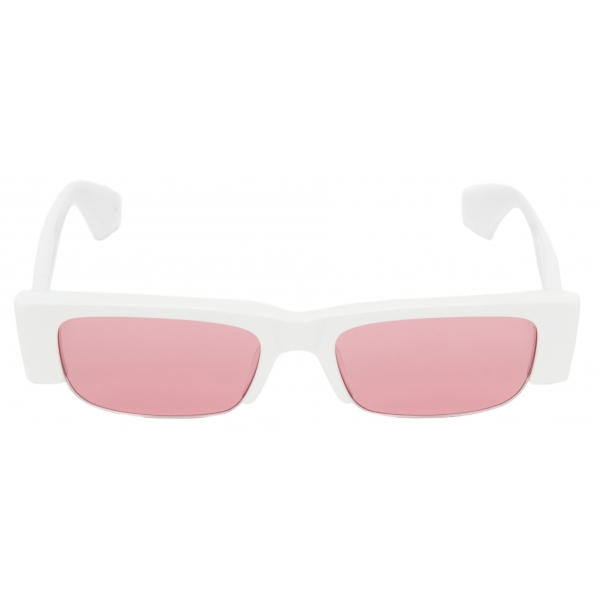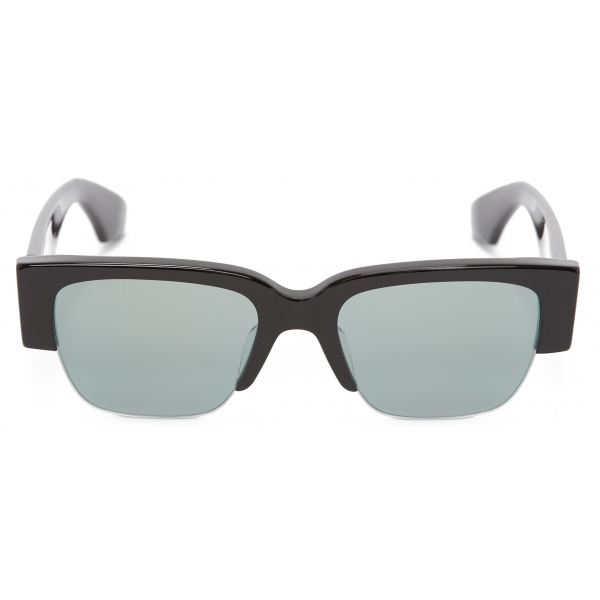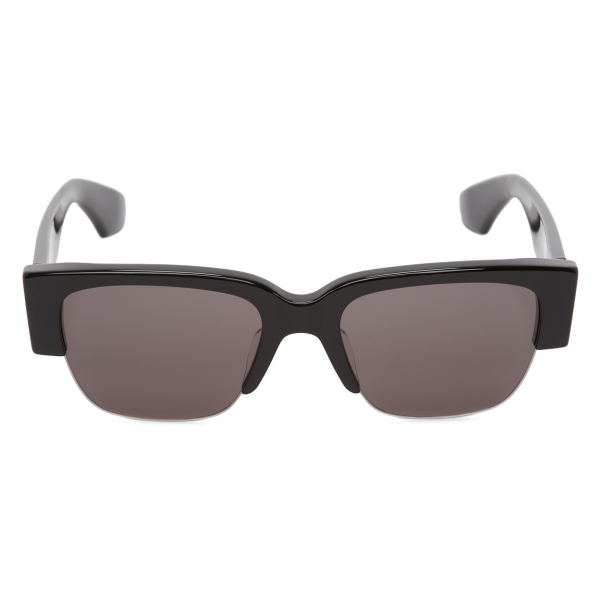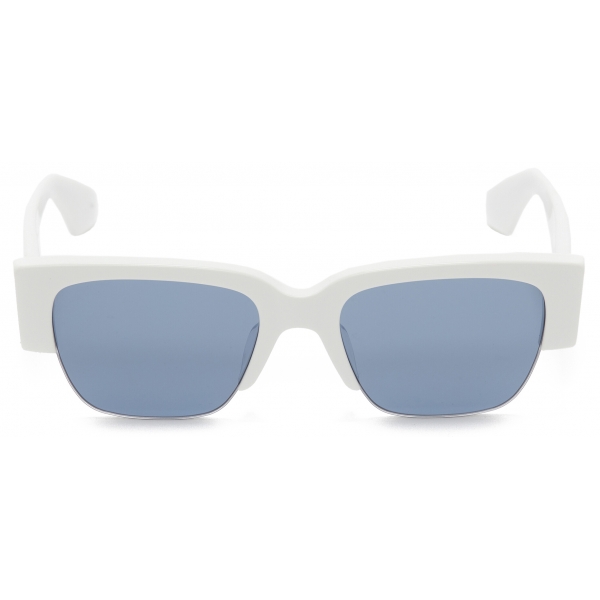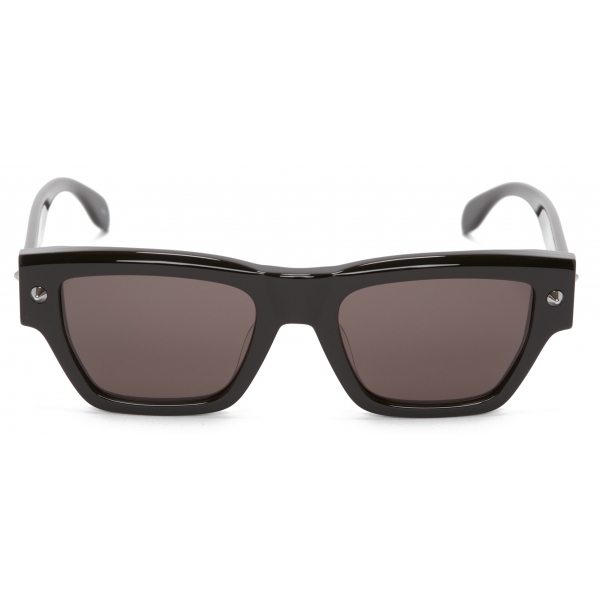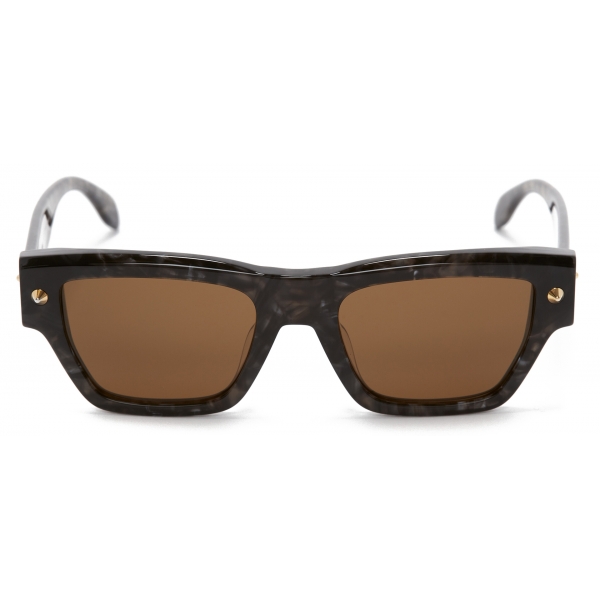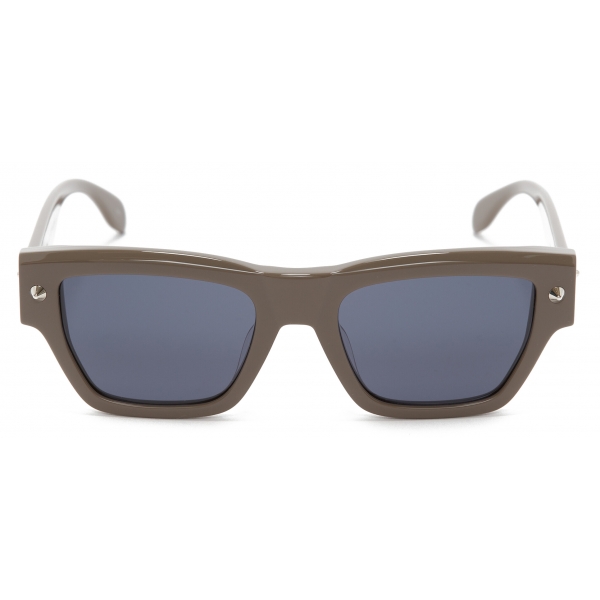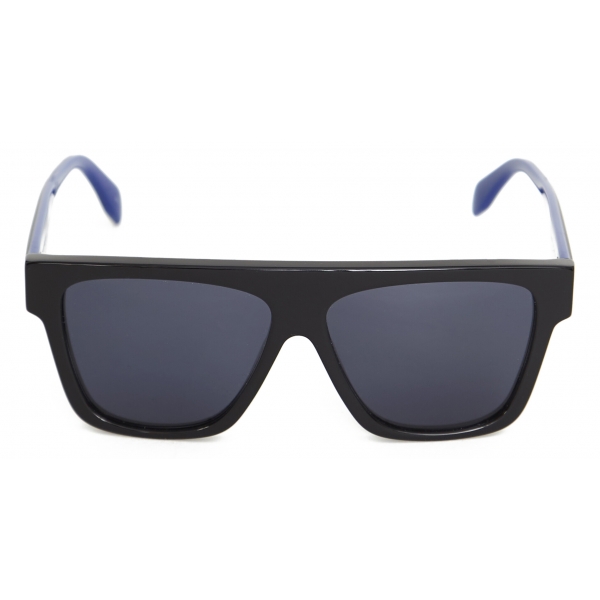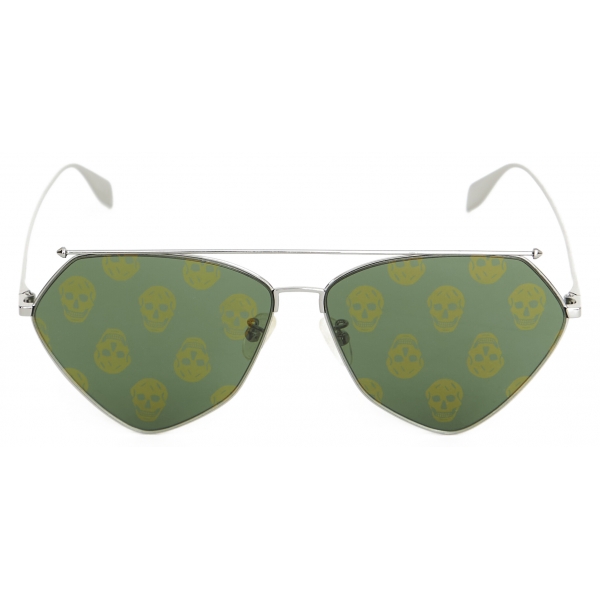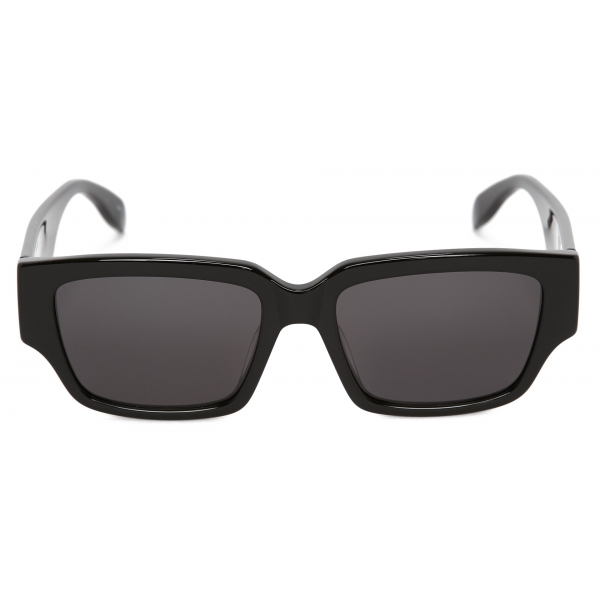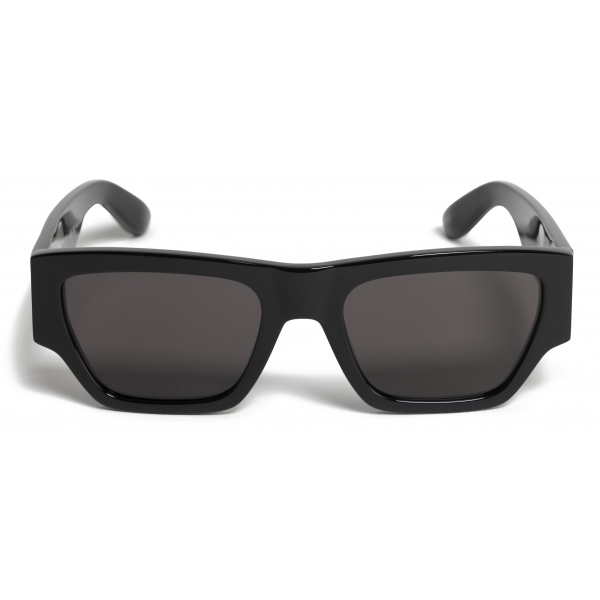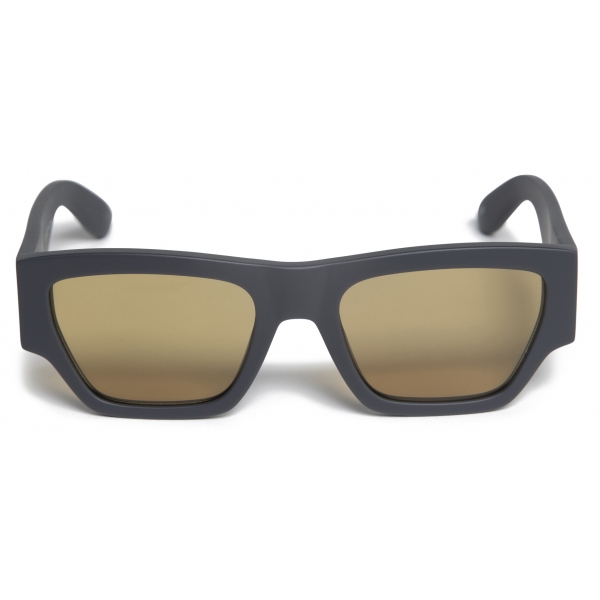No products
Categories
- Fashion Accessories
- Clothing
- Beauty & Lifestyle
-
Hi-Tech & Lifestyle
- Gaming
-
Case
- iPhone 11 Pro
- iPhone 11 Pro Max
- iPhone 11
- iPhone X / XS
- iPhone XS Max
- Samsung S10 / S10+ / S10e
- Huawei P30 / P30 Pro / P30 Lite
- Huawei P20 / P20 Pro / P20 Lite
- iPhone XR
- Samsung S9
- Samsung S9+
- iPhone 8 / 7
- iPhone 8 Plus / 7 Plus
- Samsung S8
- Samsung S8+
- Samsung S7
- Samsung S7 Edge
- iPhone 6 / 6 s
- iPhone 6 Plus / 6 s Plus
- iPhone 5 / SE
- Skin
- Audio
- Smart Home
- Drones & Hoverboard
- Photo & Video
- Desk Supplies
- Accessories
- Games
- Beverages
- Food
- Home
- Jewelry
- Luxury
- Travel
- Art
- Footwear
- Vintage Fashion
- Restaurants
- Sport
- Animals
- Gift Ideas
- Kidswear
Extra
Alexander McQueen Eyewear
The Fashion Between Revolution and The Ancient Regime

Identity

Lee Alexander McQueen was born in 1969 and began working at sixteen, learning the basics of the fashion industry in Savile Row and, later, in Milan, from Romeo Gigli.

After the experience in Italy, he decided to complete his training by attending the Saint Martin's School of Art in London and in 1992 he founded his Fashion House, obtaining immediate support and recognition from the greatest icons of British fashion.

From 1996 to 2001 he worked as creative director of Givenchy, a Maison where he wasn’t able to express his creativity. Moreover, during these years, he tried to practice experimentation and redefinition of the stylistic canons of the brand.

Thanks to this period the designer became well known for his transgressive and shocking fashion shows.

To the point of being called "fashion hooligan".

The Maison Alexander McQueen stands out for being an innovative and uncompromising expression of overwhelming creativity.

Today, the Maison is synonymous with contemporary British Haute Couture.

The main sources of inspiration for the brand are the history of Great Britain and nature.

Through a constant exploration of the natural world, the Maison uses the values of the English rural tradition.

As well as a certain sense of community and handmade, while expanding the boundaries of fashion.

The juxtaposition of feminine and masculine, strength and fragility, romanticism and rebellion, man and machine are an integral part of the culture of Alexander McQueen.

He was loved by many stars for his extravagance and originality; his philosophy was also followed by Sarah Burton.

Actual creative director of the Maison, who took the lead after the designer’s death.

She also designed the wedding dress of the Duchess of Cambridge for the wedding with William.

Thanks to bustiers, dark elements and Gothic patterns, Alexander McQueen strengthened his creativity with a clever technique of cutting and building in modeling, paving the way for new tailoring experiments.

Products Alexander McQueen Eyewear
Products Alexander McQueen
Alexander McQueen Eyewear
The Fashion Between Revolution and The Ancient Regime

Identity

Lee Alexander McQueen was born in 1969 and began working at sixteen, learning the basics of the fashion industry in Savile Row and, later, in Milan, from Romeo Gigli.

After the experience in Italy, he decided to complete his training by attending the Saint Martin's School of Art in London and in 1992 he founded his Fashion House, obtaining immediate support and recognition from the greatest icons of British fashion.

From 1996 to 2001 he worked as creative director of Givenchy, a Maison where he wasn’t able to express his creativity. Moreover, during these years, he tried to practice experimentation and redefinition of the stylistic canons of the brand.

Thanks to this period the designer became well known for his transgressive and shocking fashion shows.

To the point of being called "fashion hooligan".

The Maison Alexander McQueen stands out for being an innovative and uncompromising expression of overwhelming creativity.

Today, the Maison is synonymous with contemporary British Haute Couture.

The main sources of inspiration for the brand are the history of Great Britain and nature.

Through a constant exploration of the natural world, the Maison uses the values of the English rural tradition.

As well as a certain sense of community and handmade, while expanding the boundaries of fashion.

The juxtaposition of feminine and masculine, strength and fragility, romanticism and rebellion, man and machine are an integral part of the culture of Alexander McQueen.

He was loved by many stars for his extravagance and originality; his philosophy was also followed by Sarah Burton.

Actual creative director of the Maison, who took the lead after the designer’s death.

She also designed the wedding dress of the Duchess of Cambridge for the wedding with William.

Thanks to bustiers, dark elements and Gothic patterns, Alexander McQueen strengthened his creativity with a clever technique of cutting and building in modeling, paving the way for new tailoring experiments.

Products Alexander McQueen Eyewear
Products Alexander McQueen
-
Alexander McQueen - Women's Skull Droplets Sunglasses - Black - Alexander...
Black acetate sunglasse fitted with smoke lenses inside a rounded construction. The sunglasses are finished with skull droplet embellishment and swarovski crystals on the temples and with a lasered Alexander McQueen signature on end-tips.
357,00 € 420,00 € -15%Reduced price ! -
Alexander McQueen - Women's Metal Skull Droplets Sunglasses - Gold -...
Antique gold metal hexagonal sunglasses fitted with gradient grey lenses. The sunglasses are finished with skull droplet embellishment and swarovski crystals on the temples, and with a lasered Alexander McQueen signature on the end-tips.
391,00 € 460,00 € -15%Reduced price ! -
Alexander McQueen - Skull Hinge Geometrical Sunglasses - Ruthenium -...
Shiny dark ruthenium geometrical metal sunglasses fitted with smoke lenses. Finished with skulls on the temples placed on the hinges and a lasered tone on tone Alexander McQueen signature.
314,50 € 370,00 € -15%Reduced price ! -
Alexander McQueen - Women's Skull Hinge Geometrical Sunglasses - Gold -...
Shiny rose gold geometrical metal sunglasses fitted with sage lenses. Finished with skulls on the temples placed on the hinges and a lasered tone on tone Alexander McQueen signature.
314,50 € 370,00 € -15%Reduced price ! -
Alexander McQueen - Skull Hinge Geometrical Sunglasses - Gold Brown -...
Shiny light gold geometrical metal sunglasses fitted with brown lenses. Finished with skulls on the temples placed on the hinges and a lasered tone on tone Alexander McQueen signature.
314,50 € 370,00 € -15%Reduced price ! -
Alexander McQueen - Women's McQueen Graffiti Slashed Sunglasses - Black -...
Shiny black acetate sunglasses fitted with solid smoke lenses. The sunglasses have a slashed shape with a half-rim frame and are finished with the McQueen Graffiti contrasting logo printed on one temple only.
255,00 € 300,00 € -15%Reduced price ! -
Alexander McQueen - Women's McQueen Graffiti Slashed Sunglasses - Light Blue...
Shiny light blue acetate sunglasses fitted with mirrored tonal lenses. The sunglasses have a slashed shape with a half-rim frame and are finished with the McQueen Graffiti contrasting logo printed on one temple only.
255,00 € 300,00 € -15%Reduced price ! -
Alexander McQueen - Women's McQueen Graffiti Slashed Sunglasses - White -...
Shiny white acetate sunglasses fitted with solid cyclamen lenses. The sunglasses have a slashed shape with a half-rim frame and are finished with the McQueen Graffiti contrasting logo printed on one temple only.
255,00 € 300,00 € -15%Reduced price ! -
Alexander McQueen - McQueen Graffiti Square Sunglasses - Black Green -...
Shiny black acetate sunglasses fitted with mirrored green lenses. The sunglasses have a square shape with a semi-rim frame and are finished with the military green McQueen Graffiti contrasting logo printed on one temple only.
255,00 € 300,00 € -15%Reduced price ! -
Alexander McQueen - McQueen Graffiti Square Sunglasses - Black Smoke -...
Shiny black acetate sunglasses fitted with solid smoke lenses. The sunglasses have a square shape with a semi-rim frame and are finished with the white McQueen Graffiti contrasting logo printed on one temple only.
255,00 € 300,00 € -15%Reduced price ! -
Alexander McQueen - McQueen Graffiti Square Sunglasses - White Blue -...
Shiny white acetate sunglasses fitted with solid blue lenses. The sunglasses have a square shape with a semi-rim frame and are finished with the black McQueen Graffiti contrasting logo printed on one temple only.
255,00 € 300,00 € -15%Reduced price ! -
Alexander McQueen - Men's Spike Studs Rectangular Sunglasses - Black Smoke -...
Shiny black acetate sunglasses fitted with solid smoke lenses. The sunglasses have arectangular shape and are detailed with two dark ruthenium metal spike studs on both the front and the temples. Finished with a tonal lasered Alexander McQueen signature.
297,50 € 350,00 € -15%Reduced price ! -
Alexander McQueen - Men's Spike Studs Rectangular Sunglasses - Grey Brown -...
Shiny grey havana acetate sunglasses fitted with solid brown lenses. The sunglasses have arectangular shape and are detailed with two light gold metal spike studs on both the front and the temples. Finished with a tonal lasered Alexander McQueen signature.
297,50 € 350,00 € -15%Reduced price ! -
Alexander McQueen - Men's Spike Studs Rectangular Sunglasses - Taupe Grey...
Shiny dark pewter acetate sunglasses fitted with solid blue lenses. The sunglasses have arectangular shape and are detailed with two silver metal spike studs on both the front and the temples. Finished with a tonal lasered Alexander McQueen signature.
297,50 € 350,00 € -15%Reduced price ! -
Alexander McQueen - Men's Spike Studs Rectangular Sunglasses - Taupe Grey...
Shiny dark pewter acetate sunglasses fitted with solid blue lenses. The sunglasses have arectangular shape and are detailed with two silver metal spike studs on both the front and the temples. Finished with a tonal lasered Alexander McQueen signature.
297,50 € 350,00 € -15%Reduced price ! -
Alexander McQueen - Men's Selvedge Flat Top Sunglasses - Black Blue -...
Shiny black acetate sunglasses featuring a flat top construction with black and blue bi-layer temples and solid blue lenses. Finished with a printed Alexander McQueen signature on the temples.
212,50 € 250,00 € -15%Reduced price ! -
Alexander McQueen - Top Piercing Sunglasses - Ruthenium - Alexander McQueen...
Shiny light ruthenium metal geometrical sunglasses fitted with solid green and mirror bronze skull patterned lenses. Finished with the Alexander McQueen signature engraved tone on tone.
289,00 € 340,00 € -15%Reduced price ! -
Alexander McQueen - Men's McQueen Graffiti Rectangular Sunglasses - Black Red...
Shiny black acetate sunglasses featuring a rectangular construction with smoke lenses. Finished with a contrasting red McQueen Graffiti printed signature on one temple only.
212,50 € 250,00 € -15%Reduced price ! -
Alexander McQueen - Men's McQueen Graffiti Rectangular Sunglasses - Khaki -...
Shiny khaki green acetate sunglasses featuring a rectangular construction with ochre yellow lenses. Finished with a contrasting black McQueen Graffiti printed signature on one temple only.
212,50 € 250,00 € -15%Reduced price ! -
Alexander McQueen - Men's McQueen Angled Rectangular Sunglasses - Black Smoke...
Shiny black acetate McQueen Angled sunglasses featuring a masculine rectangular construction with smoke lenses. Finished with a tonal Alexander McQueen logo on both temples.
246,50 € 290,00 € -15%Reduced price ! -
Alexander McQueen - Men's McQueen Angled Rectangular Sunglasses - Grey Yellow...
Matte charcoal grey acetate McQueen Angled sunglasses featuring a masculine rectangular construction with ochra lenses. Finished with a tonal Alexander McQueen logo on both temples.
246,50 € 290,00 € -15%Reduced price !



